In drought stricken Tamworth in northern NSW, Ben Wynn, part-time high-school teacher, earth-moving contractor and experienced PV installer, has for several years been modelling how he could bring true mixed clean-energy and agricultural land use, known as agrivoltaics, to the region. This week Wynn and business partner Brad Dolahenty’s company Wynergy presents the first of seven 5 MW agrivoltaic solar farms, Werris Creek, to investors.
The idea behind agrivoltaics is that solar farming and agricultural land use are synergistically integrated: spacing of panel arrays and elevated construction of panels allow light to penetrate to the ground at a level that supports growth of crops or forage grasses, while helping to retain soil moisture. Elevation of panels also accommodates grazing of sheep or goats.
Wynergy’s mixed land-use proposition and the guaranteed income to farmers, who will be paid a lease for hosting the solar farms, and receive a small initial shareholding in the solar farms on their land, are proving popular with Tamworth farmers close to viable grid connections. Some of them have previously been approached by solar farm prospectors, but hadn’t yet seen the value in participating in the renewable-energy boom.
“So you walk into a farmer’s kitchen and you talk with them about how it can be done using a tracker like Soltec’s SF7, a 2-panel single-axis tracker that’s a little bit elevated and spaced correctly…” begins Wynn. “They’ll receive a lease based on megawatts of DC installed, and once it’s built we’ll sow the land back to native and subtropical perennials, and fence it off and provide water, and they can run sheep or goats and turn a dollar that way as well.”
With landholder agreements in hand, identified grid connection points and regulatory and physical due diligence in place, Wynergy is seeking $500,000 private investment in order to proceed to securing connection and development approvals on the Werris Creek project — named Menz Solar Farm Company, after the Menz family who own the land.
Wynn expects to “be scratching dirt” as he puts it, on the first few solar farms by this time next year, with the aim of combining output of the seven 5 MW solar farms with that of a 40 MW development also planned for the region as a 75 MW aggregated energy wholesaler.
Ideally, Wynn tells pv magazine, “we’ll develop a pipeline of rolling construction that allows us to leverage supply price reductions based on bulk orders of panels and other infrastructure”.
Indigenous workforce opportunities
Some of the land for Wynergy’s participating solar farmers is held by local indigenous groups, and Wynn and Dolahenty plan to start training Aboriginal people in installation and maintenance of solar as the project gathers steam.
“We’ve had some really positive discussions with the NSW Aboriginal Land Council around a partnership model whereby we will have indigenous branding on power we produce as an aggregator, and profit from that company would roll back into the employment programs that support Wynergy Solar Farms,” says Wynn.
Wynn and Dolahenty’s combined expertise in solar installation, business and farming has been honed through the local Smart Region Incubator, and the University of New England’s AgTech Gateway program. As Wynergy, their ultimate vision is to scale over the coming decade to a gigawatt of installed solar that enhances agriculture.
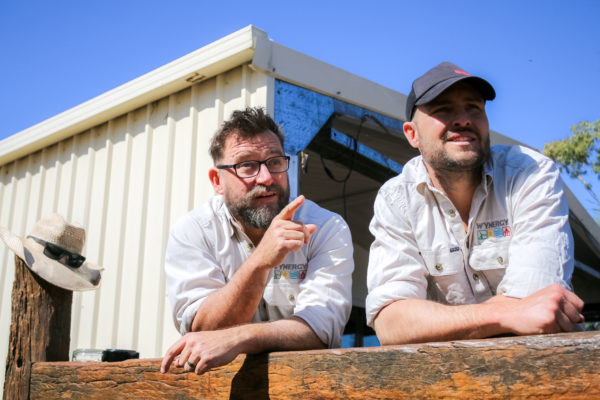
Image: Wynergy
Agrivoltaics has been investigated and implemented in Europe for more than a decade. Over the past year studies in the US, at the University of Arizona and Oregon State University, have recorded strong evidence of the benefits to both agricultural productivity and solar-module performance of a co-located land-use model.
Resolving land-use tensions
The title of Oregon State University study, Solar PV Power Potential is Greatest Over Croplands, says a great deal about why there is often tension between clean energy production and agriculture in traditional farming areas. But it also heralds the potential benefits of colocation.
The study, conducted on “unirrigated pasture that often experiences water stress”, at Rabbit Hill agrivoltaic solar farm on Oregon State campus, reported a 328% increase in the water efficiency of soils under partial solar panel shading and wind protection. These more favourable conditions contributed to a 90% increase in biomass grown under those panels.
In addition, the microclimate created by transpiration of the biomass beneath the solar panels also resulted in lower air temperatures around the solar installation, which improved module performance.
Wynn says other relevant benefits of colocating sheep pastures with solar arrays include reduced eagle strike on lambs born in such pastures. Anecdotal evidence from a farmer running sheep at Glen Innes in a paddock that also hosts conventional solar arrays — even without the benefits of improved pasture growth — is for a 140% increase in lambing rates.
As part of its study into agrivoltaic productivity ,scientists at Oregon State University calculated that, “If less than 1% of agricultural land was converted to solar panels it would be sufficient to fulfill global electric energy demand.”
However fear that solar generators will displace traditionally productive farmland at a time when food security is becoming a worldwide concern has raised barriers to greater renewable penetration in agricultural areas.
The prospect of resolving such land-use conflicts has driven Wynn to pursue his vision. “Unless you’re on super marginal country, there’s no reason why we shouldn’t be able to build solar farms in a way that provides clean energy generation and agricultural income at the same time,” he says. Wynergy’s aim is to significantly improve agricultural productivity and regional economies as part of the dual process.
This content is protected by copyright and may not be reused. If you want to cooperate with us and would like to reuse some of our content, please contact: editors@pv-magazine.com.
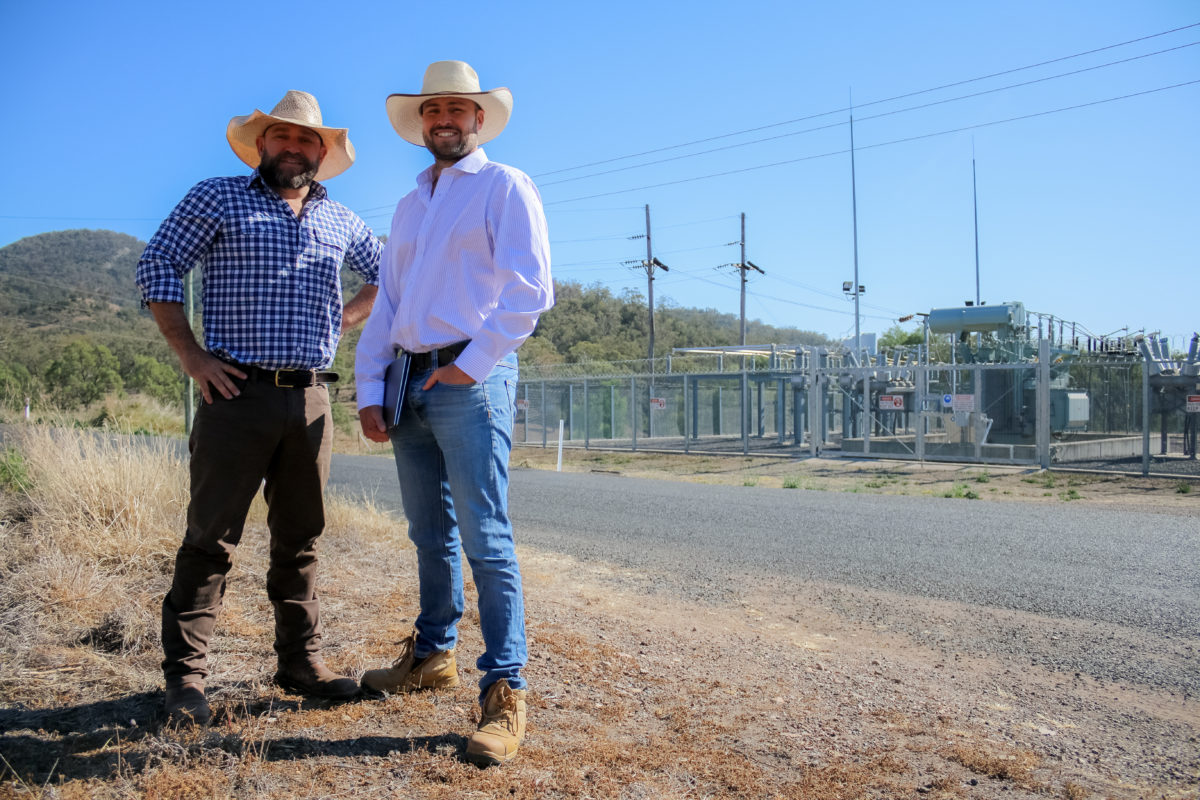
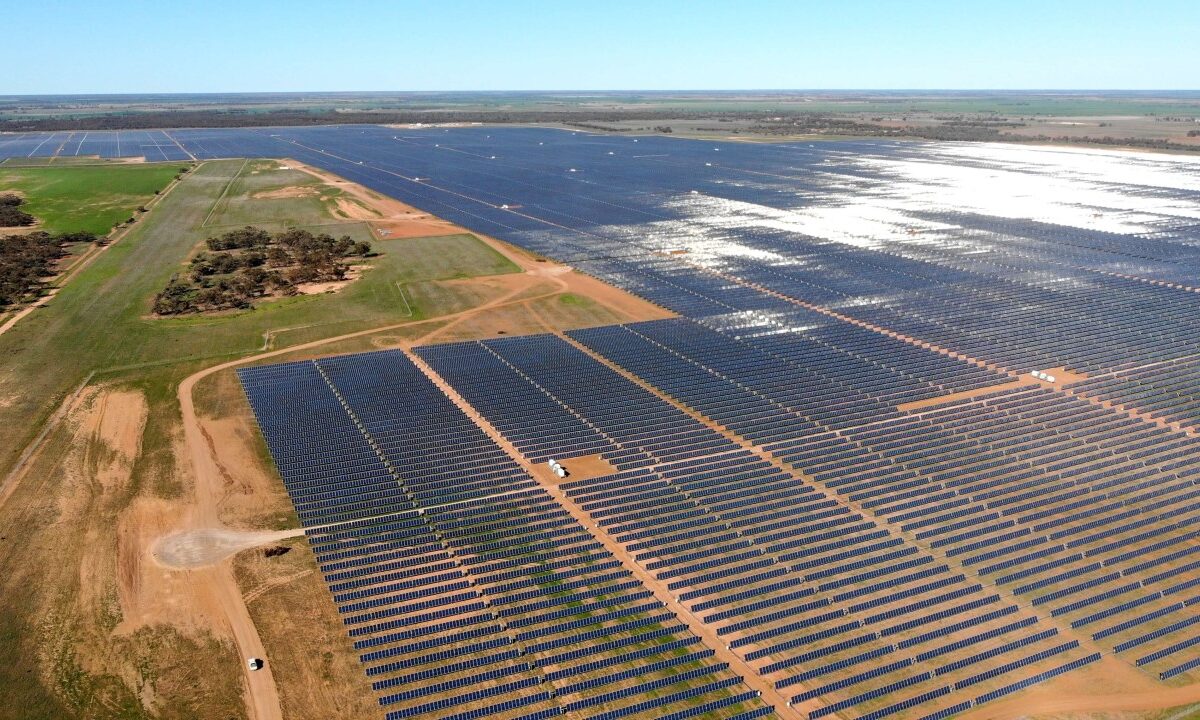


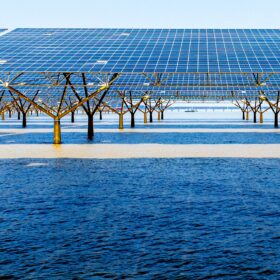
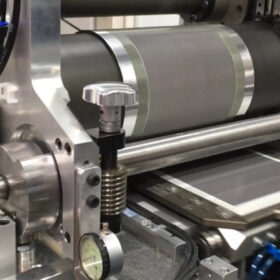
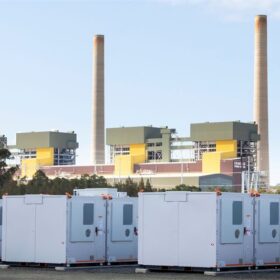
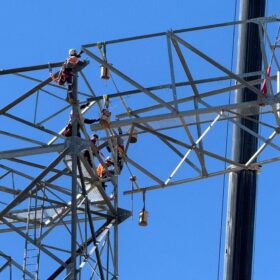
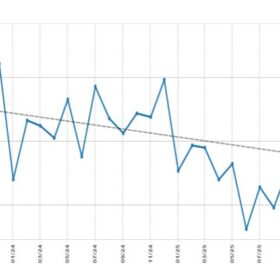
Goodday
Very interesting concept
I would be interested in persuing this concept in South Africa and other African countries and would like to be part of your group whereby I will try to penetrate the African Market, starting with South Africa and Mozambique
Please let me know if there is an interest from your side
Regards
Leon Moodaley
Mobile number :+27849412830
Individuals can elegible for this and what is the minimum land requirements for the same.
Is it possible to establish in Andhra Pradesh chittoor district near Hindupur solar.
These are some great 90 increased biomass under solar panels agrivoltaics hold productive promise that you have discussed here. I really loved it and thank you very much for sharing this with us. You have a great visualization and you have really presented this content in a really good manner.
Good Evening.
Agrivoltaics is quite a commercially viable and community-based benefiting innovation, more so in rural areas where agricultural production is still widely practiced. Fortunately, I, together in partnership with one french based developer have already started modelling our 4 ha/2MW pilot project within my community in South Africa. Sadly, COVID 19 Outbreak inevitably interrupted our final planning stage process. However, much as I am still very much passionate and looking forward to the deployment and roll out of such many food -and-energy security interventions through the innovation of agrivoltaics, I kindly wish to work with you, perhaps we can mutually benefit each other on this one, seeing that there is still more than 600 ha of arable and productive land still remaining on the proposed farming fields.
Should you have any interest, please kindly contact me and we shall be engaging further .
Regards,
Andries Billy Moche
Mobile number: +27739616506